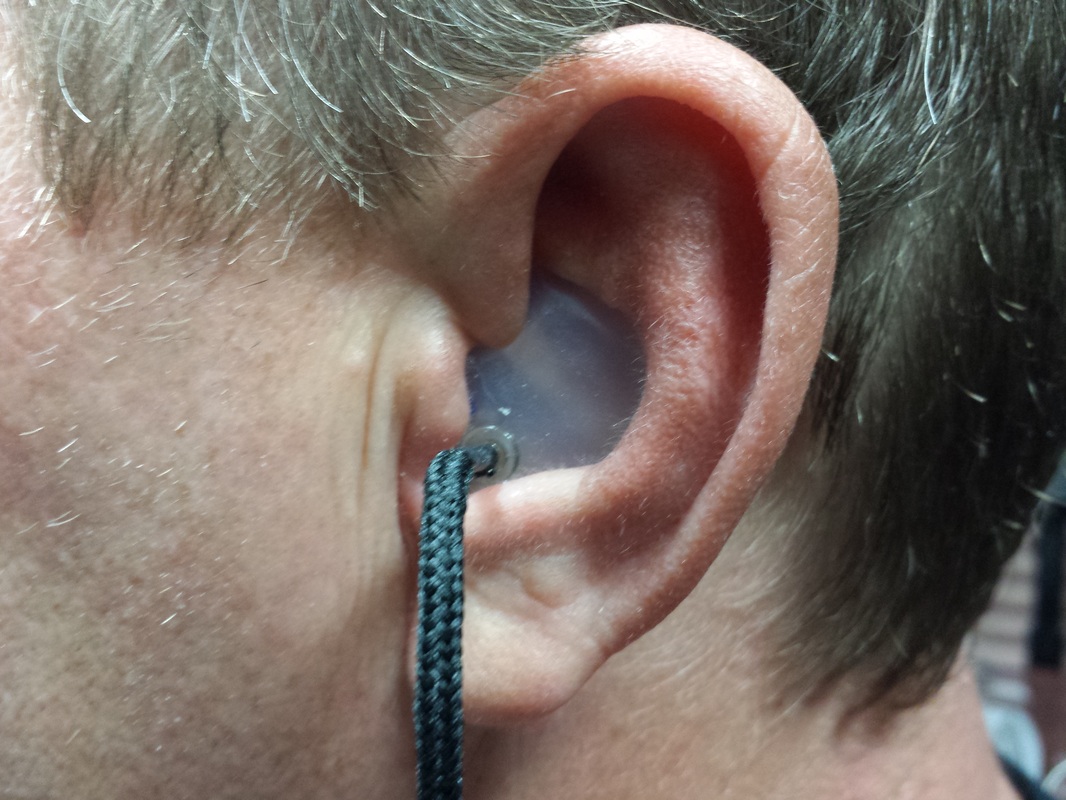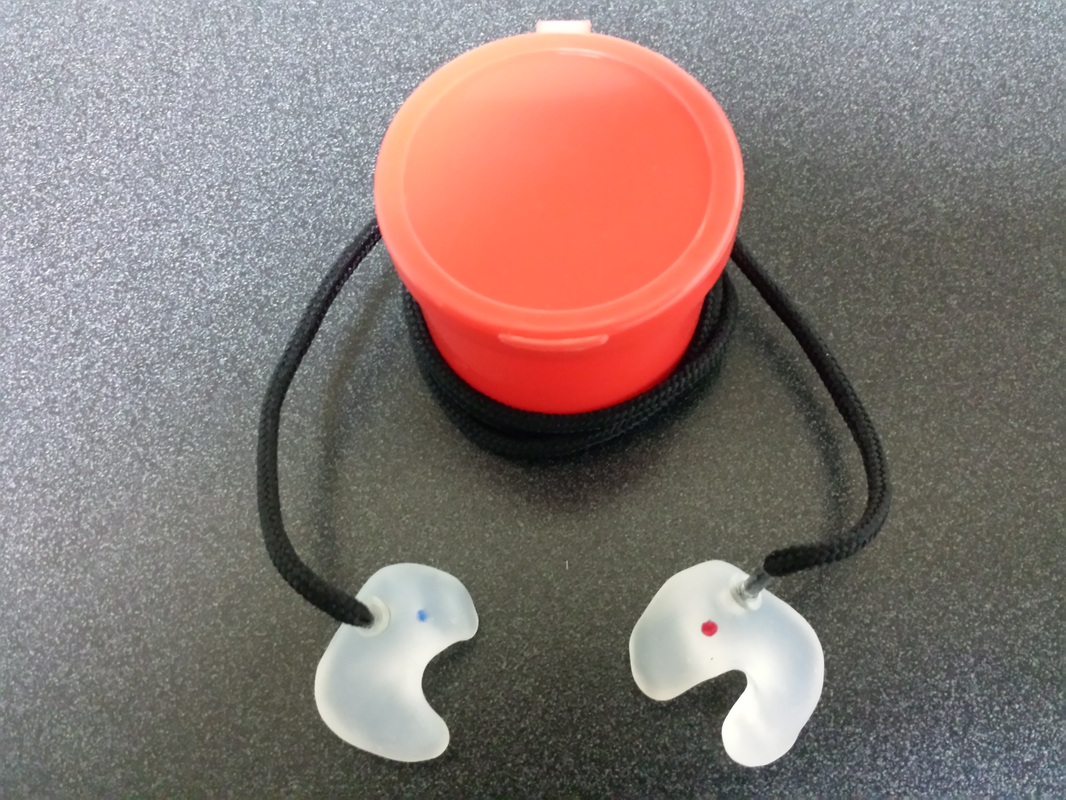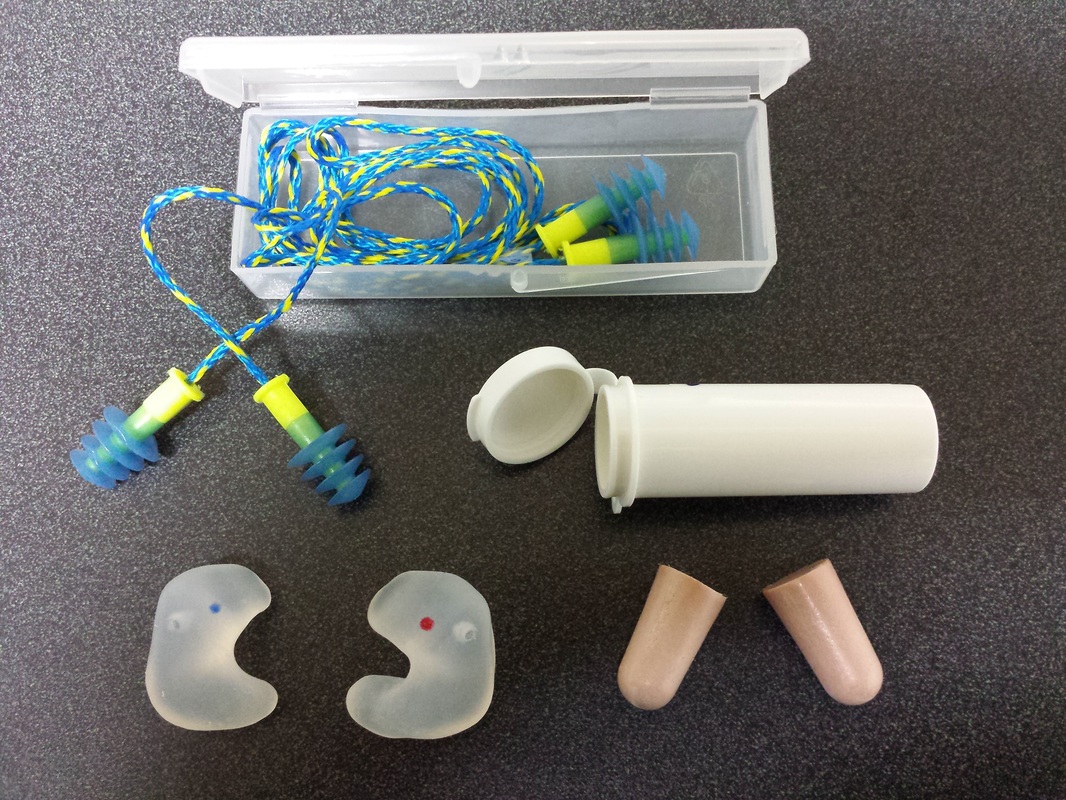OCCUPATIONAL AND RECREATIONAL HEARING PROTECTION
Excessive Noise levels are the greatest hearing hazard individuals experience in work and at play. Noise is all around us in our daily living. The question is when do you need protection and how can you protect yourself. If you have to shout over the existing noise level to be heard, it is probably too loud and you need protection.
The most important factors in selecting hearing protection are as follows: adequate noise reduction, convenience, availability, capability, comfortable fit, consistency, and cleanliness.
The Environmental Protection Agency requires hearing manufactures to print the NRR (noise reduction rating) on all hearing protectors. OSHA requires that ear protectors used must attenuate worker exposures to at least 90 dBA. Workers who have experienced an STS require an ear protector that attenuates worker exposure to at least 85 dBA. In an effort to ensure compliance many companies choose protectors for their employees with an NRR that will reduce the exposure to 85 dBA. OSHA and MSHA state explicitly that employees must be trained in the fitting, care, and proper use of adequate hearing protection. The employer is responsible for providing and ensuring that workers wear the approved hearing protection correctly.
Ear Plugs properly selected, fitted and inserted can provide considerable NRR
attenuation and can be worn comfortably for long periods of time. Pre Formed and User Molded are available. An option to the Pre Formed plug, which requires more precise sizing and individual fitting, is the User Molded Ear Plug made from soft polymer foam allowing compression before insertion.
Custom Molded Ear Protection fits correctly in the ear canal providing excellent noise protection and maximum comfort (ear mold impressions by Audiologist).
Ear Muffs provide a high level of noise reduction and are often integrated with other safety equipment such hard hats, rain shields and glasses.
The most important factors in selecting hearing protection are as follows: adequate noise reduction, convenience, availability, capability, comfortable fit, consistency, and cleanliness.
The Environmental Protection Agency requires hearing manufactures to print the NRR (noise reduction rating) on all hearing protectors. OSHA requires that ear protectors used must attenuate worker exposures to at least 90 dBA. Workers who have experienced an STS require an ear protector that attenuates worker exposure to at least 85 dBA. In an effort to ensure compliance many companies choose protectors for their employees with an NRR that will reduce the exposure to 85 dBA. OSHA and MSHA state explicitly that employees must be trained in the fitting, care, and proper use of adequate hearing protection. The employer is responsible for providing and ensuring that workers wear the approved hearing protection correctly.
Ear Plugs properly selected, fitted and inserted can provide considerable NRR
attenuation and can be worn comfortably for long periods of time. Pre Formed and User Molded are available. An option to the Pre Formed plug, which requires more precise sizing and individual fitting, is the User Molded Ear Plug made from soft polymer foam allowing compression before insertion.
Custom Molded Ear Protection fits correctly in the ear canal providing excellent noise protection and maximum comfort (ear mold impressions by Audiologist).
Ear Muffs provide a high level of noise reduction and are often integrated with other safety equipment such hard hats, rain shields and glasses.




